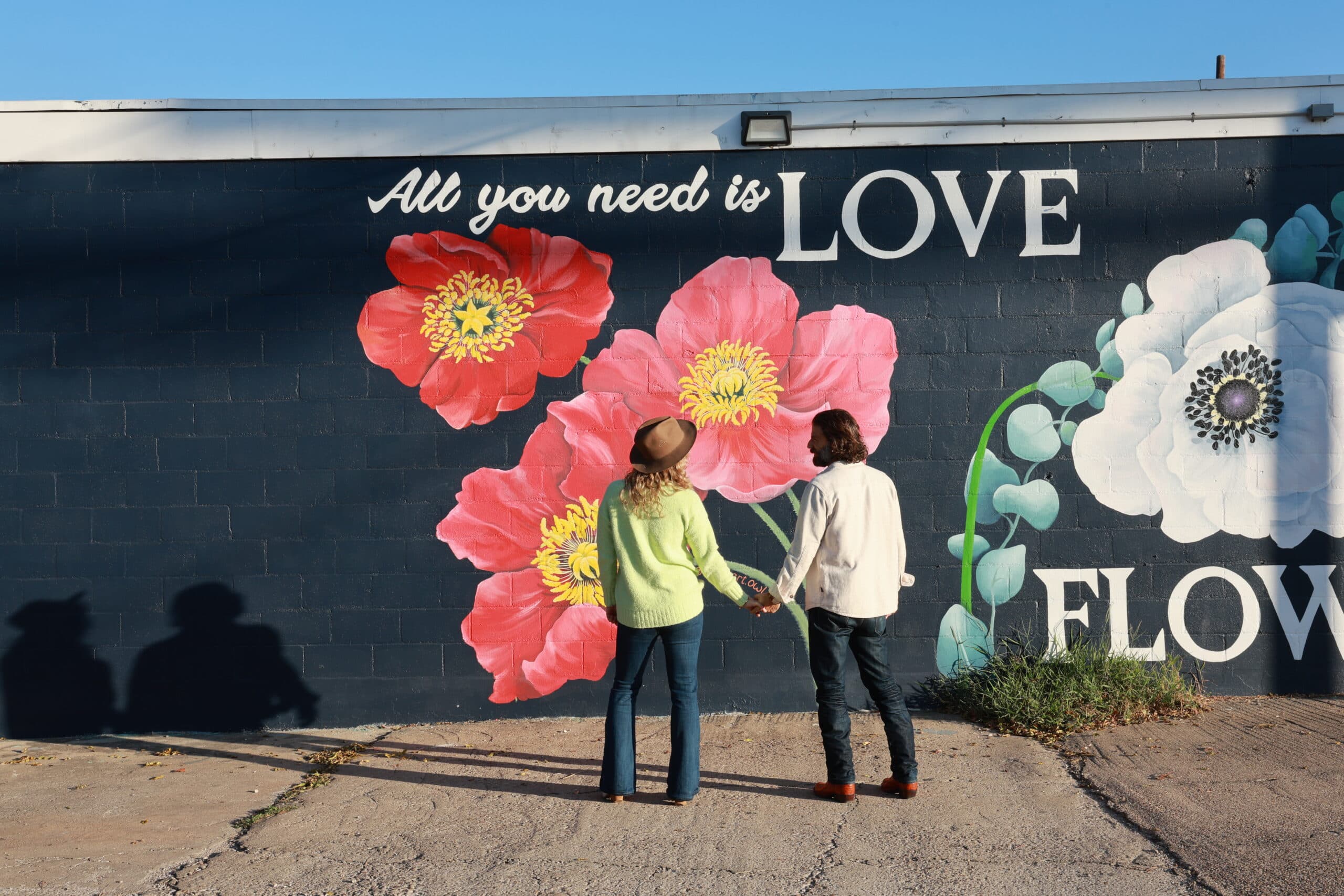
NOVEMBER 14, 2024
Navigating Vulnerability in Romantic Relationships
Understanding Vulnerability in Relationships
Vulnerability is often perceived as a weakness, but in the context of romantic relationships, it is a powerful tool for fostering intimacy and trust. At its core, vulnerability involves the willingness to expose one’s innermost thoughts, feelings, and fears, ultimately forging deeper connections with a partner. Psychologically, embracing vulnerability allows individuals to break down emotional barriers that can impede relationship growth. When partners share their vulnerabilities, they communicate authenticity, which enhances emotional safety and facilitates mutual respect.
However, it is important to differentiate between healthy and unhealthy expressions of vulnerability. Healthy vulnerability is characterized by open communication and an understanding of boundaries. It permits partners to share significant emotional experiences without fear of judgment or betrayal. Conversely, unhealthy vulnerability can manifest as oversharing, where individuals disclose too much too soon, leading to feelings of discomfort and distrust. This imbalance may create an emotional burden rather than a supportive environment, ultimately detracting from the relationship’s foundation.
While many individuals recognize the benefits of being vulnerable, fears and reservations often hold them back. The fear of rejection, betrayal, or emotional pain can create significant barriers to opening up in a relationship. Many people worry that revealing their true selves will result in disapproval or distance from their partners. Despite these obstacles, embracing vulnerability can lead to stronger connections. When partners feel safe enough to share their vulnerabilities, they cultivate a sense of belonging and acceptance, invaluable for nurturing a lasting relationship.
Ultimately, understanding and embracing vulnerability is essential for strengthening romantic relationships. By navigating the delicate balance between openness and emotional protection, partners can build a foundation of trust that allows for genuine intimacy and connection.
Common Barriers to Vulnerability
Vulnerability is an essential component of intimate relationships, yet many individuals and couples find it challenging to express their emotions openly. Several barriers contribute to this hesitance, often stemming from societal norms, personal experiences, and fears of rejection. Understanding these obstacles can provide insights into improving relational dynamics.
One significant barrier is the societal stigma surrounding emotional expression, particularly for men. Cultural conditioning often suggests that expressing vulnerability is a sign of weakness, leading individuals to suppress their feelings. This reluctance to communicate openly can create emotional distance between partners, which in turn exacerbates misunderstandings and conflict. As such, recognizing that emotional expression is a vital part of fostering intimacy is crucial for healthy relationships.
Personal experiences of trauma or insecurity also play a significant role in inhibiting vulnerability. Individuals who have faced emotional neglect or betrayal in previous relationships may develop a guarded approach to intimacy. This fear of re-experiencing past hurts can result in defensive behaviors and withdrawal from meaningful interactions. If left unaddressed, these patterns can create cycles of avoidance that hinder communication and connection.
Moreover, the fear of rejection or judgment can be a particularly potent barrier to vulnerability. Many individuals fear that revealing their true selves will lead to disapproval from their partners, further entrenching feelings of isolation. Recognizing and validating these fears is essential for couples seeking to foster a more open and supportive environment. Encouraging open dialogue about fears, instead of allowing them to fester, can pave the way for deeper emotional intimacy.
Identifying and addressing these barriers is paramount for fostering healthy relationships. Couples can benefit from practicing empathy, active listening, and creating safe spaces for emotional sharing, ultimately enhancing their connection and understanding of each other.
Strategies for Embracing Vulnerability
Embracing vulnerability in romantic relationships can significantly enhance emotional intimacy and strengthen connection. Practical strategies that individuals and couples can employ to cultivate vulnerability include establishing open communication, practicing active listening, and engaging in emotional sharing. These techniques promote deeper understanding and trust between partners.
Open communication is crucial for fostering vulnerability. Couples should create an environment where they feel safe discussing their thoughts and emotions. To initiate these conversations, it can be helpful to schedule regular check-ins, where partners can discuss their feelings, expectations, and any concerns. During these sessions, it is important to avoid judgment and instead approach the dialogue with empathy and curiosity. This approach can make partners feel more at ease, encouraging them to share their deeper emotions.
Active listening is another essential element in embracing vulnerability. Individuals should practice being fully present during conversations, eliminating distractions, and focusing on what their partner is expressing. This means not only hearing the words but also understanding the underlying emotions. Reflective listening techniques, such as summarizing what has been said or asking clarifying questions, can help demonstrate understanding and reinforce emotional safety.
Additionally, couples should engage in exercises designed to foster emotional sharing. For example, storytelling prompts can invite partners to share significant life events or emotions related to their upbringing, encouraging authenticity and openness. These exercises provide opportunities to express feelings that may otherwise remain hidden, deepening emotional connections.
Creating a safe environment for vulnerability is fundamental. Couples can support each other by affirming and validating their emotions, fostering an atmosphere of acceptance. It is essential to recognize that vulnerability does not imply weakness; rather, it reflects strength and a willingness to connect on a deeper level. Ultimately, when both partners commit to building a foundation of trust and emotional safety, vulnerability can flourish, leading to a more fulfilling relationship.
The Positive Impact of Vulnerability on Relationship Health
Embracing vulnerability in romantic relationships can lead to profound benefits that enhance emotional connection and overall relationship health. Vulnerability, often perceived as a weakness, is, in fact, a powerful tool for fostering deeper intimacy and trust between partners. When individuals allow themselves to be open and share their innermost thoughts and feelings, they create an environment where emotional closeness can flourish. This enhanced intimacy often results in a more robust relationship foundation.
Trust is a vital component of healthy relationships, and vulnerability can significantly contribute to its development. When partners share their vulnerabilities, they demonstrate a willingness to be authentic and honest, which encourages a reciprocal response. For instance, a couple I worked with in therapy struggled with communication barriers. By expressing their fears of rejection and insecurities regarding their feelings, they were able to cultivate mutual understanding and empathy. This process not only deepened their bond but also empowered them to face conflicts more effectively.
Another critical aspect of vulnerability is its impact on conflict resolution. Couples who are willing to engage in vulnerable conversations often find more constructive pathways to resolution. When partners express their emotions rather than resorting to blame or defensiveness, they create opportunities for dialogues that address the root causes of conflicts. A memorable case involved a couple grappling with recurring disagreements. Upon exploring their vulnerabilities during sessions, they discovered that these conflicts stemmed primarily from unspoken fears and misunderstandings. By articulating these underlying issues, they began to resolve their problems collaboratively.
Overall, the transformative power of vulnerability in romantic relationships cannot be overstated. By sharing their individual struggles and fears, partners can cultivate an enriched emotional landscape, fostering deeper trust and a more effective approach to conflict resolution, ultimately leading to a healthier, more resilient relationship.
Want more relationship guidance? Check out “Married to a Shrink” wherever you listen to your podcasts or watch on YouTube @lovelinesllc or at www.lovelinesatx.com!
Let’s Connect! Follow us on Instagram @lovelinesrelationships and like us on Facebook @LoveLinesATX to stay connected and keep up with the latest updates, tips, and exclusive content from Love Lines. We can’t wait for you to join the conversation as well as our Love Lines community!
Recent Posts

Lunchtime Love: Austin’s Best Spots for a Daytime Date
JANUARY 15, 2025

Love Under Pressure: Navigating Intimacy and Sex Through Stress
JANUARY 15, 2025

Let’s Talk About It: A Guide for Couples to Communicate Their Sexual Needs
JANUARY 15, 2025

Single Bells, Single Bells: Navigating the Holidays Solo (And Loving It!)
JANUARY 3, 2025

Surviving the Holidays as a Couple: How to Keep Love (and Your Sanity) Alive
DECEMBER 4, 2024

Conquering the Holiday Slump: A Guide for Singles
NOVEMBER 14, 2024